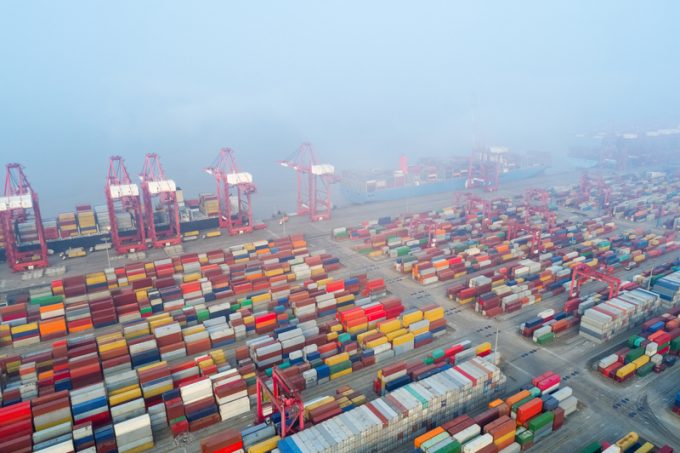US shippers slam USTR port fee plan – 'an apocalypse for trade'
The Trump administration’s plan to revive US shipbuilding by levying hefty fees on China-built or ...

Vessel location data from China has been greatly reduced, impacting maritime supply chain visibility.
The tracking signal, known as Automatic Identification System (AIS), is used globally by the shipping industry to transmit data on vessel location and identity.
However, China’s new personal information protection law that came into effect this month has reportedly prompted domestic providers to stop sharing AIS data with foreign companies. AIS can be transmitted from coastal networks, satellites and vessel-based sources.
While there has been no official statement from ...
Maersk u-turn as port congestion increases across Northern Europe
Apple logistics chief Gal Dayan quits to join forwarding group
Maersk Air Cargo sees volumes fall as it aims for 'margin in favour of revenue'
Airlines slash freighter capacity post-de minimis, but 'the worst is yet to come'
Houthis tell Trump they will end attacks on Red Sea shipping
Transpac rates hold firm as capacity is diverted to Asia-Europe lanes
MSC revamps east-west network as alliance strategies on blanking vary
India-Pakistan 'tit-for-tat' cargo ban sparks sudden supply chain shocks


Comment on this article